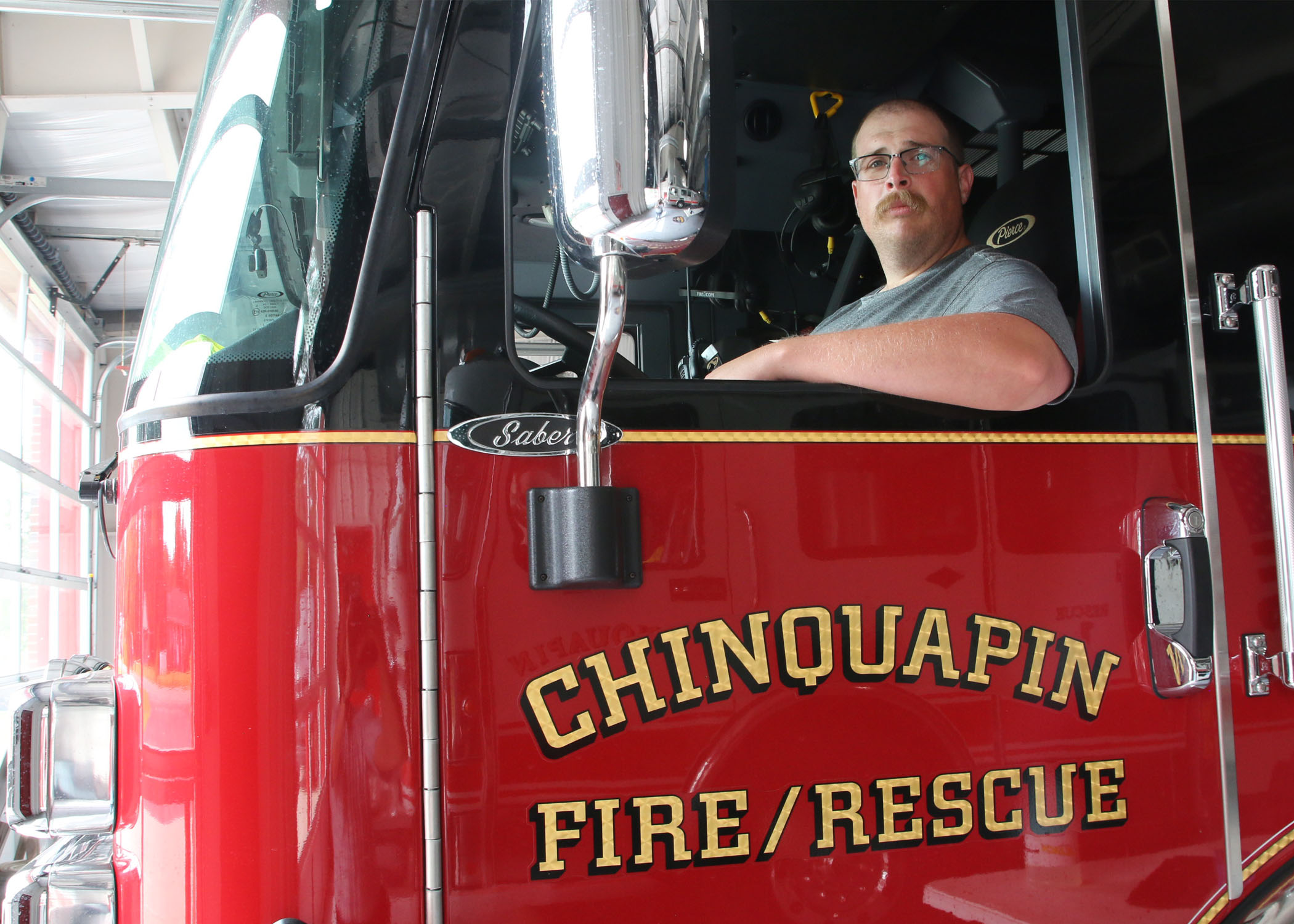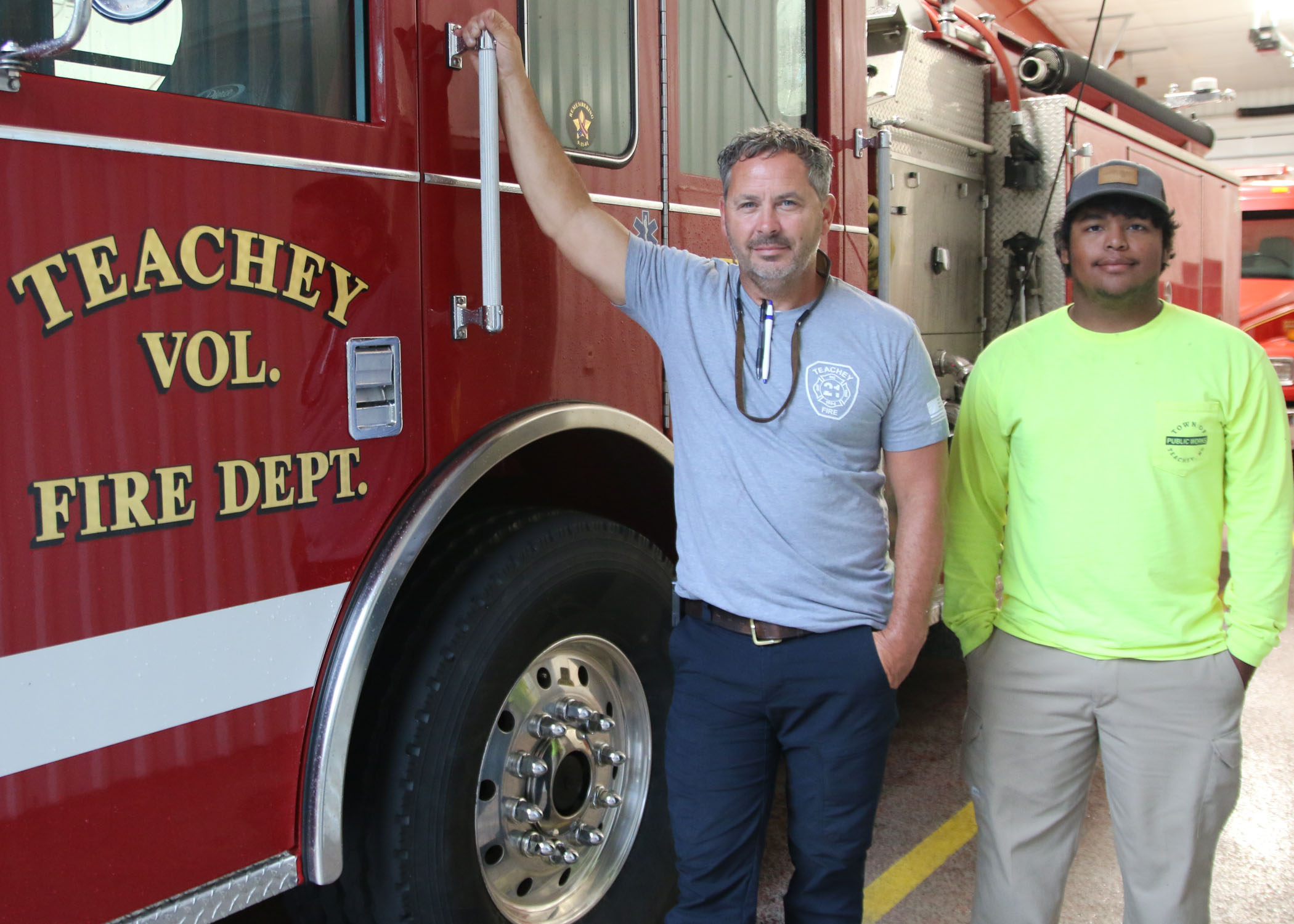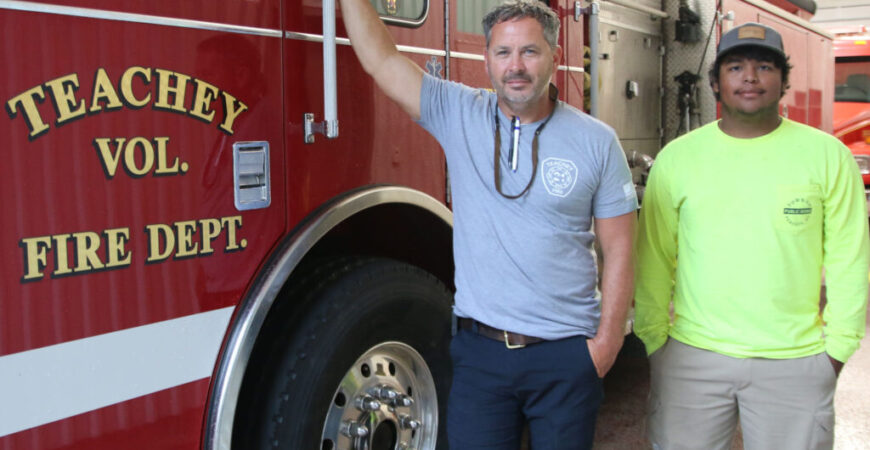Fire chiefs warn that the shortage not only increases the burden on the remaining volunteers but also puts homeowner insurance rates at risk
The often-repeated observation, “It ain’t like it used to be,” applies to Duplin County’s many volunteer fire departments. One of the biggest challenges they face today is recruiting enough volunteers to adequately staff their departments.
As recently as 20 years ago, it was not uncommon for local volunteer fire departments to have 30 or more volunteer members. Today, that number has frequently dropped to half that number or lower, not only placing additional burdens on the volunteers they do have, but also threatening to affect the grade their fire department receives under state insurance rules.
When Duplin Journal reached out to local fire chiefs and the Duplin County Fire Marshal, they all agreed there were likely several factors causing the problem.
Duplin County Public Safety Director and Fire Marshal Matthew Barwick believes societal changes are a big factor.
“Things seem to be driven more toward personal success. I think that’s a derivative of a tighter economy,” Barwick said in an interview with Duplin Journal. “People just do not have the extra time anymore to volunteer for such a cause because they’re spending the extra time that they once had to work a second job.”
Teachey Volunteer Fire Department Chief Richard Williams agrees there are many challenges in keeping departments staffed with volunteers, adding the state-required training to become certified as a firefighter is a contributing factor.
“To reach the level of 1 and level 2, you’re talking about over 300 hours of training required,” Williams told Duplin Journal. “That’s a challenge for busy people to commit to that much time, as well as the cost.”
Williams added that the loss of volunteers has added to the time commitment of those who do serve the department, and that can result in burnout. That makes the need even greater.
“We definitely need more firefighters trained for interior fires,” he said.
Barwick agrees with Williams on the problem of burnout.
“The more people you have, the lighter the workload for each of them. I feel like the days of the old volunteer fire department, when you had 50 people on a roster, each giving about 10 percent of their free time, may be gone. Now that we’ve dropped down to 15 or 20 people, they’re really getting burned out because now they’re giving 50 % of their free time.”
Chinquapin Volunteer Fire and Rescue Chief Matthew Casey, who has been a volunteer at the department for 18 years, said he has had to go on a few calls alone because of volunteers not being available.

Casey has followed in the steps of his father to become chief of the department. He has been a volunteer for 18 years and is both a firefighter and a paramedic. Photo by Mark Grady for Duplin Journal
Casey told Duplin Journal there are many challenges to rural fire departments, including the cost of equipment. A new fire truck that meets the standards of regulations today can cost between $500,000 and $1 million. One of their expensive rescue units, Rescue 1, was damaged by gunfire not long ago in a gang-related shooting across the street from the department on NC Hwy 41.
The volunteer fire departments are not the only ones suffering when there is a lack of adequate staffing, according to Barwick. Homeowners also suffer because it affects their insurance rates.
“Each fire department in the state of North Carolina is rated by the Department of Insurance every five years, Barwick explained. “The rating they receive is called a ‘public protection classification.’ The better the grade they receive causes a parallel effect on your homeowner’s insurance premiums.”
Even a slight change in the public protection classification of a fire department can have a dramatic effect on a homeowner’s insurance policy. In some cases, it can more than double the rate, or even exceed that in some cases, according to Barwick.
Several years ago, a substation of the Kenansville Fire Department, near the corner of West Wards Bridge Road and Holland Road, was forced to close due to a lack of manpower. That has affected homeowner insurance rates in that area.
Homeowners in the area are hoping the substation can be reopened. There will be a public hearing on the issue on July 14 at 7 p.m. at Unity Methodist Church in Warsaw. Barwick hopes the substation will be able to bring in enough volunteers to reopen. However, their staffing level would need to remain adequate to continue meeting the state insurance requirements.

“Otherwise, they’ll be right back to where they were when they had to close,” Barwick said.
In the meantime, Barwick and the fire chiefs hope that more residents will consider volunteering with their local fire department.
“There’s always a need for volunteers,” Barwick said. “More than anything, we need structural firefighters.”
Barwick commended the volunteers who are making a significant commitment to fulfill the time requirements of the role.
“They’re doing the best they can under the circumstances,” he said.
 Twitter
Twitter Facebook
Facebook Instagram
Instagram





